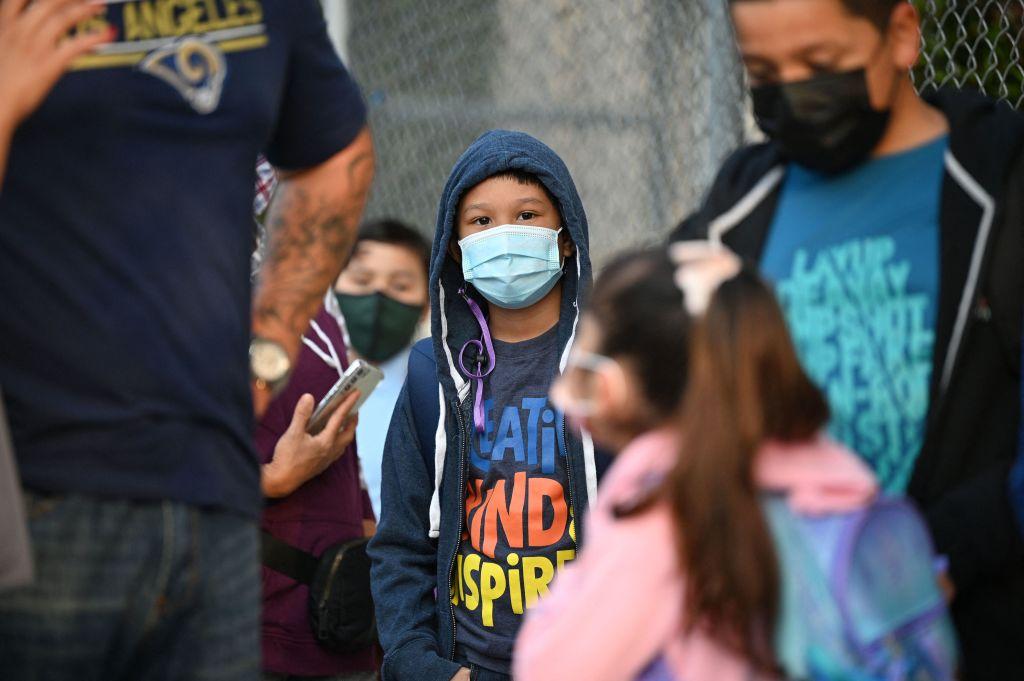In a coordinated move, governors of California, Oregon, and Washington announced on Monday that students in the three West Coast states will soon no longer have to wear a mask at school.
Starting on March 12, public health departments in all three states will update their indoor mask policies and “move from mask requirements to mask recommendations in schools,” according to a joint announcement by leaders of the Western States Pact, namely California Gov. Gavin Newsom, Oregon Gov. Kate Brown, and Washington Gov. Jay Inslee.





